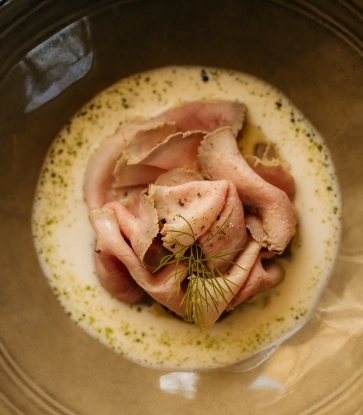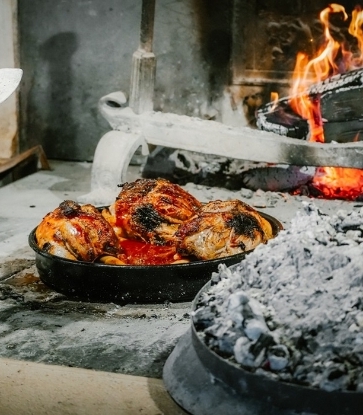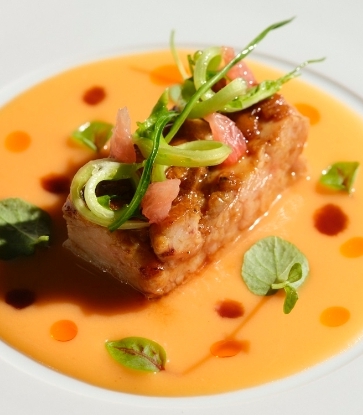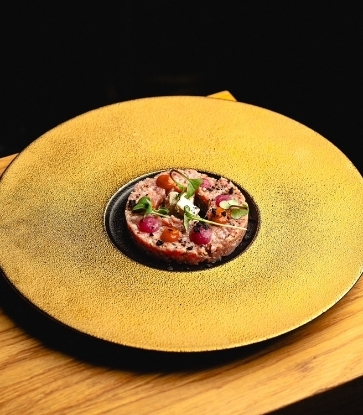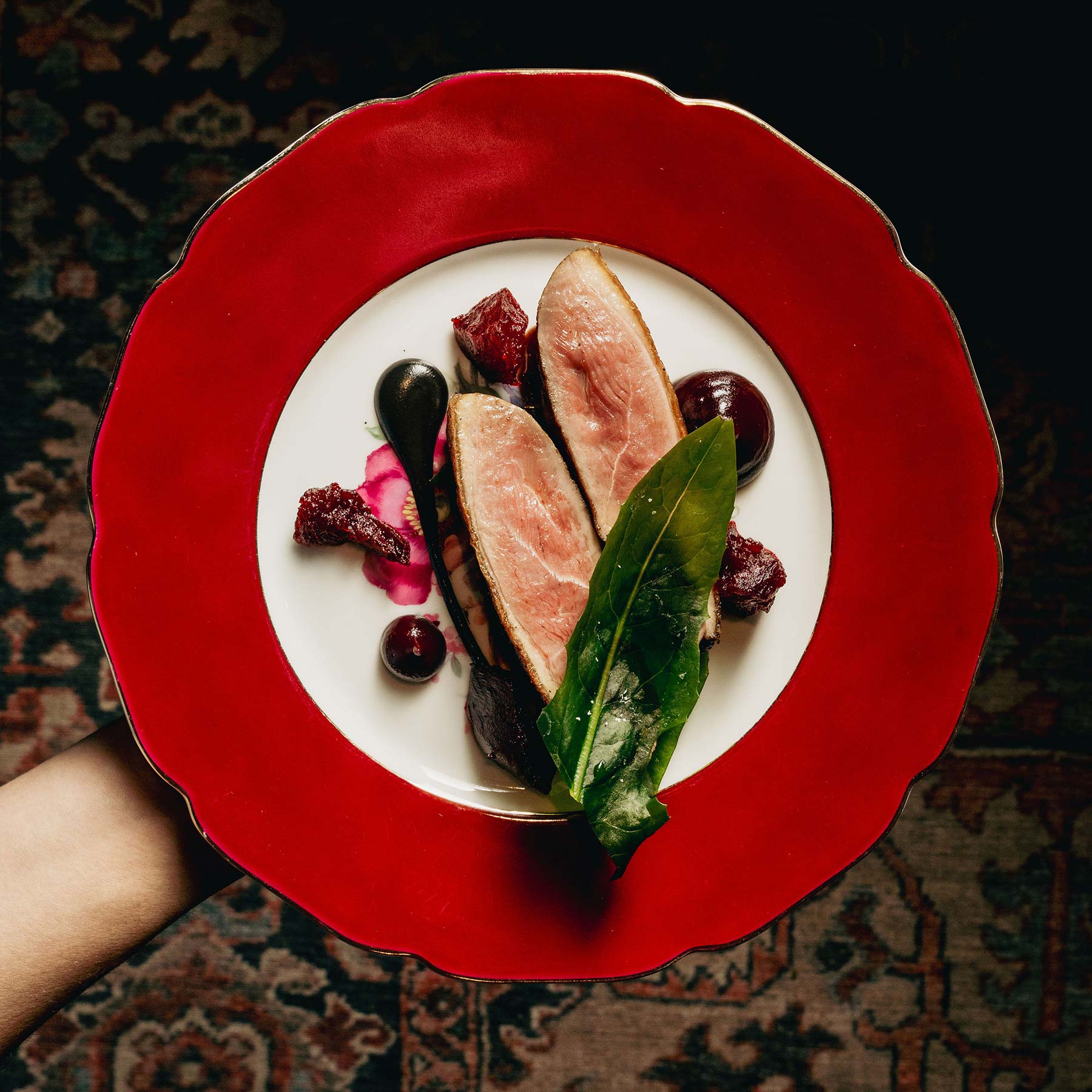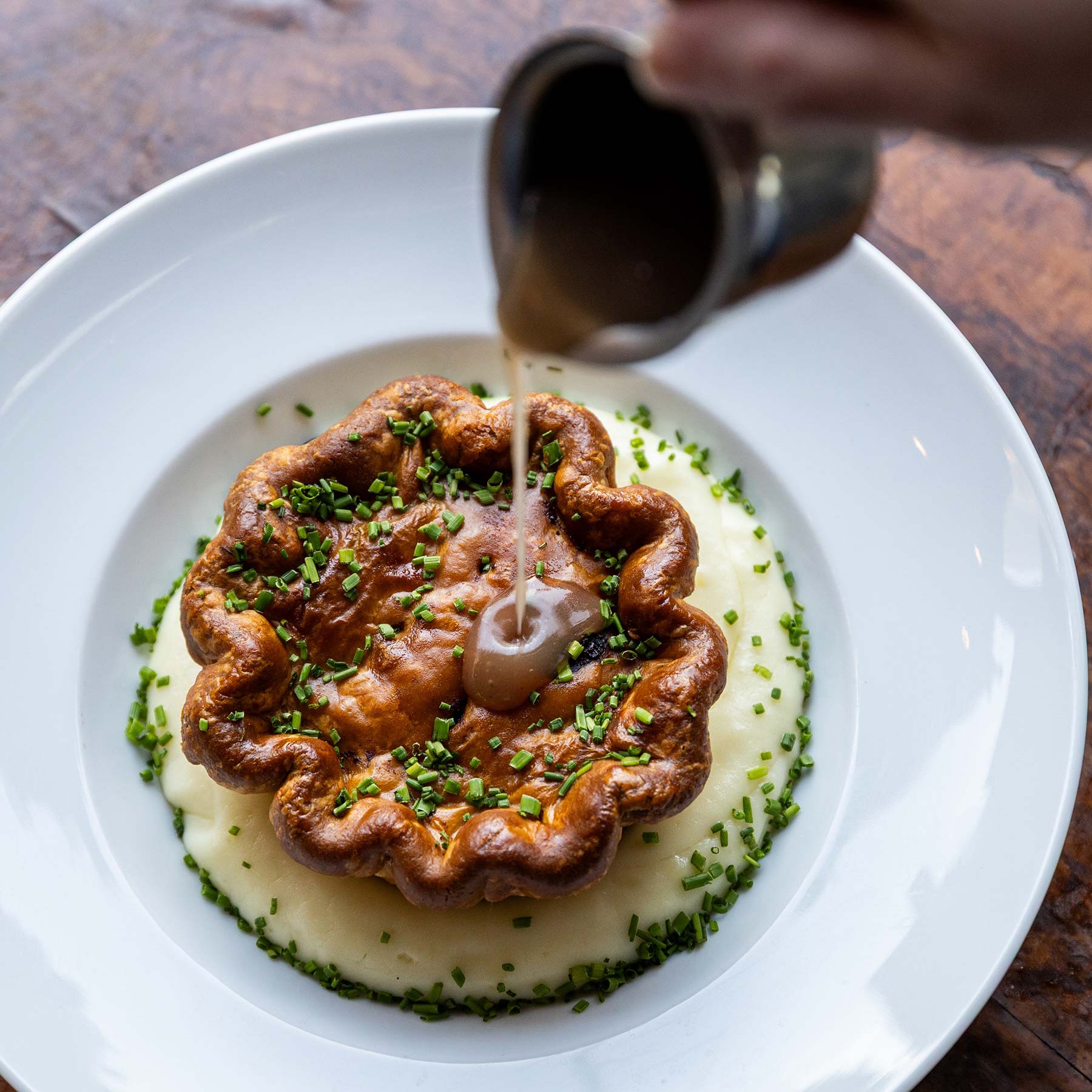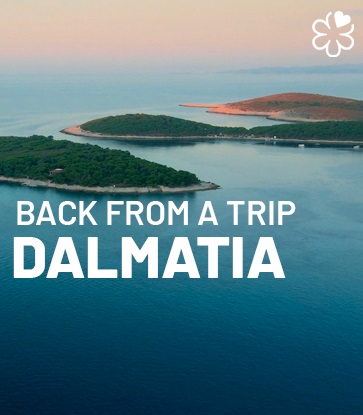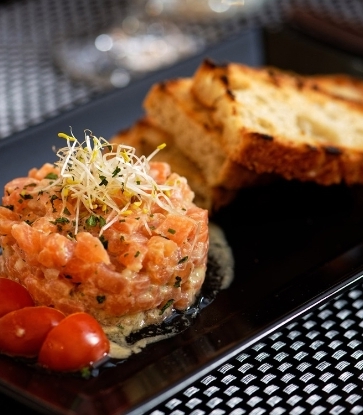The guide’s new partnership with illycaffè – the first brand to officially support this initiative in Europe and the United States – aims to highlight the importance of gastronomic models that demonstrate their ecological commitment through decisions which respect the environment, its resources and local biodiversity. Michelin and illycaffè’s joint goal is to showcase positive actions undertaken by the modern-day restaurant sector, at the same time consolidating a network of “green” initiatives involving the public, the food industry and businesses within the sector.
Dattilo in Strongoli, a real pioneer of organic farming in Calabria
Awarded both a macaron (as the traditional Michelin star is affectionately known in France) and a green star, Dattilo in Strongoli (Calabria) and SanBrite in Cortina (Veneto) are situated in different ecosystems and yet these restaurants find common ground in the committed and impressively sustainable approach adopted by their owners, which is evident in their culinary philosophy and sourcing of ingredients: “In the last few years the public’s interest in the environment has grown hugely” says Caterina Ceraudo, chef and owner of Il Dattilo, “but when my father, a real pioneer of organic farming here in Calabria, sold our organic wine at fairs people used to sniff it suspiciously, saying that it had a strange smell. Today, exactly the opposite happens, and organically certified produce is considered to have added value. In our case, safeguarding our resources is a long-established family value and I’m truly delighted that Michelin has recognised our efforts in this way”. The estate in which Il Dattilo stands produces Grisara wine made from 100% pecorella grapes (a grape native to the Crotone province) and olive oil, as well as courgettes, chard, fennel and spinach grown in its kitchen garden without the use of chemicals and always harvested when the vegetables are at peak flavour. According to the Michelin inspectors: “Caterina Ceraudo is an original chef who, whether she’s cooking with almonds, ‘nduja sausage or glazing a shank of meat with passito sauce, clearly shows her guests who’s in charge in the kitchen! Named best female chef of 2017 in Italy, her restaurant is housed in a charming agriturismo with a delightfully rustic feel”. In addition to creating delicious recipes using ingredients such as rigatoni, fennel, broad beans and prawns, as well as dishes of spaghetti, borage and ricotta or mackerel with sheep’s yoghurt and fennel, one of the distinctive features at Il Dattilo is that they never throw anything away and everything is reused in one way or another. Ceraudo explains: “I think that food waste is one of the oldest problems in the sector. Our environmentally friendly practices also extend to our energy use thanks to two photovoltaic plants (an investment of over 250,000 euros) which enable us to be completely self-sufficient in energy production – small steps towards building a better future”.


SanBrite in Cortina d'Ampezzo, healthy local food and an ecological approach
Small steps can make a real difference, however. Although the solutions and ingredients at SanBrite (whose name means “healthy Alpine pasture”) are very different to those at Dattilo, its history and atmosphere demonstrate an ecological approach to cuisine which truly inspires its guests, as well as the hospitality sector in general: “The restaurant has just a few tables, made from skilfully recycled wood, and the owner-chef makes full use of regional ingredients, adding fresh modern touches to traditional mountain recipes”. Our Michelin inspectors’ comments underline how the experience of dining at this restaurant in the Ampezzo region (which has also become famous for its dairy products, including bowls teeming with homemade butter) includes healthy local food, a warm Alpine ambience, and the pleasures of a sustainable yet sophisticated menu which focuses on ingredients from the Dolomites. These ingredients are skilfully crafted to create irresistible and original dishes such as marinated char with lentils; trout with lovage water; snails with herbs; single-grain spaghetti with mountain pine oil; chicken served with radish extract; pancetta made from pork cooked in milk, and small gnocchi stuffed with stravecchio cheese, curd and chive water.


When coffee moves from the cup to the plate: the recipe!
Providing a cultural marker throughout the day, in Italy coffee is not only served at breakfast or during an afternoon break, but also provides a fitting end to lunch and dinner in many restaurants, including those selected by the MICHELIN Guide. Just like the best cafés, many of these restaurants use carefully selected blends and sustainable coffees grown on single plantations. Using skilfully roasted coffee beans, the aroma is then extracted at high pressure in an impressive machine which is often colourful and eye-catching. Below, we have included a delicious recipe created by Michelin-starred restaurant SanBrite of Cortina, which pays tribute to the iconic illy 100% Arabica blend.
“Celeriac with coffee sauce”
COFFEE-FLAVOURED CELERIAC STOCK
10l water
2kg roasted celeriac
100g coffee beans (iconic illy 100% Arabica blend)
Roast the celeriac in an oven at 160-180°C. Place the roasted celeriac in water, bring to the boil, then add the coffee beans. Cook for 4 hours, then filter and reduce.
Save the boiled coffee beans, which will be added to the sauce just before serving.
CELERIAC SAUCE
50g coffee-flavoured celeriac stock
20g butter
Rice vinegar to taste
Add the broth, a little at a time. Mix with the butter and add rice vinegar to taste.
CELERIAC
Clean the celeriac and bake in aluminium foil with smoked salt and charcoal oil for 2-3 hours.
CELERIAC PURÉE
1 celeriac
Cook the celeriac in water for at least an hour. Drain and blend with water, then mix with 10% of the butter. Season with salt as required.
JERUSALEM ARTICHOKE PURÉE
Jerusalem artichoke
Cook the Jerusalem artichoke in water for at least an hour. Drain and blend with water, then bind with xanthan gum. Season with salt as required.
LOVAGE MAYONNAISE
Almond base: 200g almonds and 200g water.
Blend and micro-purée the mixture until it is smooth.
150g almond base, 50g lovage water, 8g apple vinegar, 1g salt, 40g grapeseed oil
Blend all the ingredients together and mix with the grapeseed oil.
CELERIAC BRINE
75g water
50g white vinegar
25g sugar
2.5g salt
Machine-slice the celeriac, then cut the slices using a leaf-shaped mould and place in the brine. Clean the celeriac roots thoroughly and add to the brine.
TO SERVE
First, add the Jerusalem artichoke cream and the lovage mayonnaise to the plate, then carefully place a teaspoon of celeriac purée and slices of grilled celeriac on top.
Finish with the marinated roots and leaf-shaped slices and the warm celeriac sauce with coffee beans.

Hero image ©Brambilla Serrani - Dattilo








